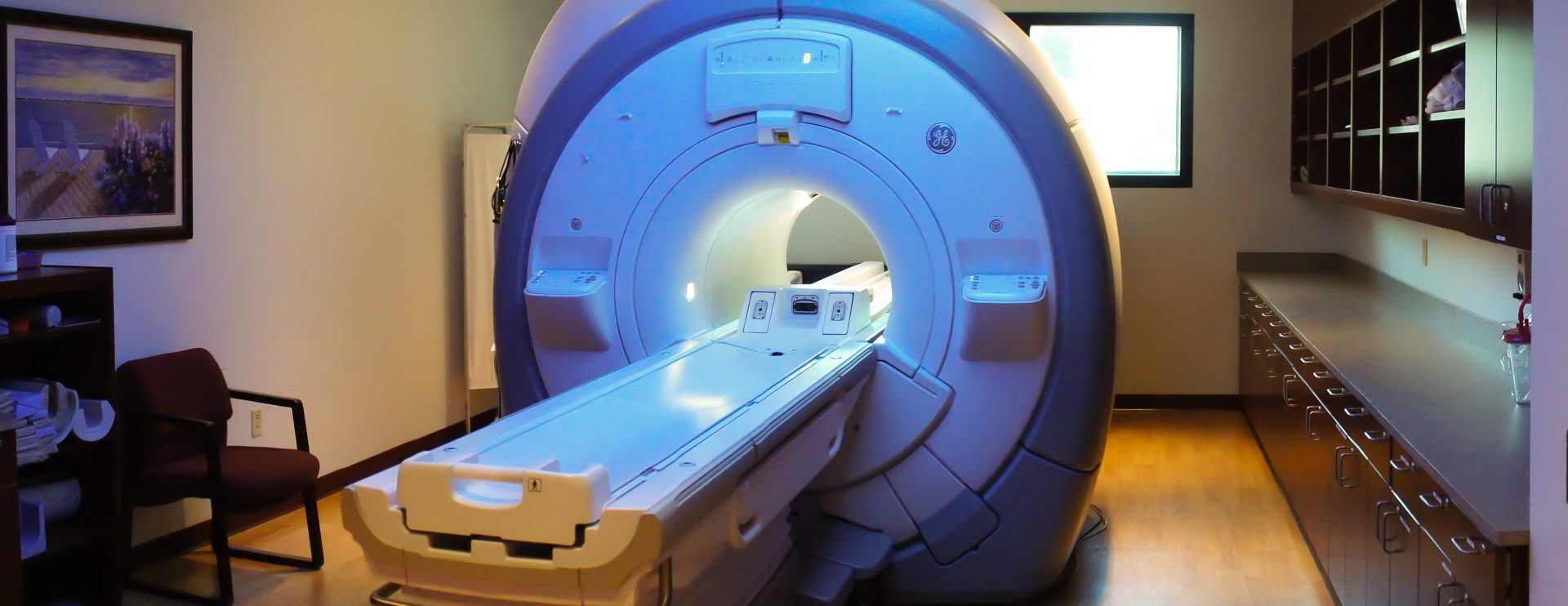The National Council on Alcoholism and Drug Dependence, the NCADD, reports that 17.6 million people, or one in every twelve adults in the United States, has a problem with dependence or abuse of alcohol. Alcohol is the most commonly abused addictive substance in the U.S., with millions more engaging in dangerous binge drinking which can lead to serious problems caused by alcohol. Drinking in excess increases chances of violence, drowning, injuries, liver disease and even some forms of cancer.
April is Alcohol Awareness Month and Greater Waterbury Imaging Center encourages you to learn more about the dangers of drinking alcohol in excess. We are all aware of the dangers of drinking and driving, yet the National Highway Traffic Safety Administration reports that alcohol impaired driving fatalities average more than 10,000 per year across the United States, with an average of 104 per year in Connecticut alone, for the 10-year span from 2007 – 2016.
Steps to Cut Down on Alcohol Abuse
If you or someone you care about is drinking alcohol in excess, you can greatly improve your health by quitting or cutting back. Here are some things you can do to avoid drinking too much alcohol:
- Make a list of reasons not to drink or over use alcohol
- Avoid places where people are drinking a lot like bars
- Do no drink when you are upset
- Limit alcohol you have available in the home
- Limit yourself to no more than 1 alcoholic drink per day for women, or 2 per day for men
We can raise awareness in April during Alcohol Awareness Month about the dangers of alcohol abuse and how to take action to prevent serious consequences.
Effects of Alcohol on Your Health and Your Liver
Alcohol abuse takes a great toll on the body, especially the liver. The liver is the largest internal organ in the body which plays a very important role in metabolism, specifically the way that cells convert food into energy after the food is digested and absorbed into the bloodstream. Some of the very important functions of this vital organ include:
- Storing and processing the nutrients from food, including sugar, protein and fat, and delivering them to the rest of the body when needed.
- Removing waste products that the kidney cannot remove, such as toxins, medications, fats and cholesterol
- Producing bile which helps the body absorb cholesterol, fats and fat-soluble vitamins
- Producing new proteins such as immune and clotting factors
The liver is a vital organ required for survival and regenerates its damaged cells automatically. If the damage to the liver is long term or severe, however, the liver cannot completely regenerate and scar tissue develops. This scarring, or fibrosis, on the liver can lead to cirrhosis of the liver.
Cirrhosis of the Liver
Cirrhosis is a condition that occurs when scarring develops on the liver and begins to replace healthy tissue. This scar tissue blocks normal blood flow in the liver which deteriorates over time, preventing normal function. Scar tissue build up causing cirrhosis is a gradual, slow process that gets worse over time, sometimes years or decades. As the disease progresses, the liver begins failing until reaching end-stage liver disease when the liver cannot perform its vital functions or regenerate and replace damaged cells.
Cirrhosis of the liver is the 12th leading cause of death in the United States causing nearly 32,000 deaths each year, with more men than women dying of the disease.
What Causes Cirrhosis?
The main cause of liver cirrhosis is chronic Hepatitis C. Hepatitis C is caused from a viral infection causing swelling, inflammation and damage to the liver. There are now advanced treatments for Hepatitis C, and doctors can treat patients before developing cirrhosis or fibrosis.
Alcohol abuse is the second most common cause of cirrhosis of the liver, typically caused by heavy drinking over several years. Most people who consume alcohol socially do not develop liver cirrhosis, although the amount of alcohol that is required to damage the liver is different for each person. Researchers have established what appears to be a safe limit of alcohol consumption to no more than one drinks per day for a woman and no more than two drinks per day for men. Drinking more than this amount may lead to inflammation in the liver which could lead to cirrhosis over several years.
The facts are clear, abusing alcohol leads to serious consequences with your health, and with risky behavior such as drunk driving, behaving aggressively or foolishly. Help us to spread the word on safe alcohol consumption and how to avoid serious health problems like cirrhosis of the liver.
If you need help with alcohol or drug dependencies, contact the NCADD for assistance and free resources.
Great Waterbury Imaging Center is a modern, clean and friendly magnetic resonance (MR) diagnostic imaging facility that goes the extra mile to make sure our patients are comfortable and informed. We care about your health and well-being and urge you to spread the word about the dangers of alcohol abuse. Contact us with any questions and for all your MRI imaging needs.


